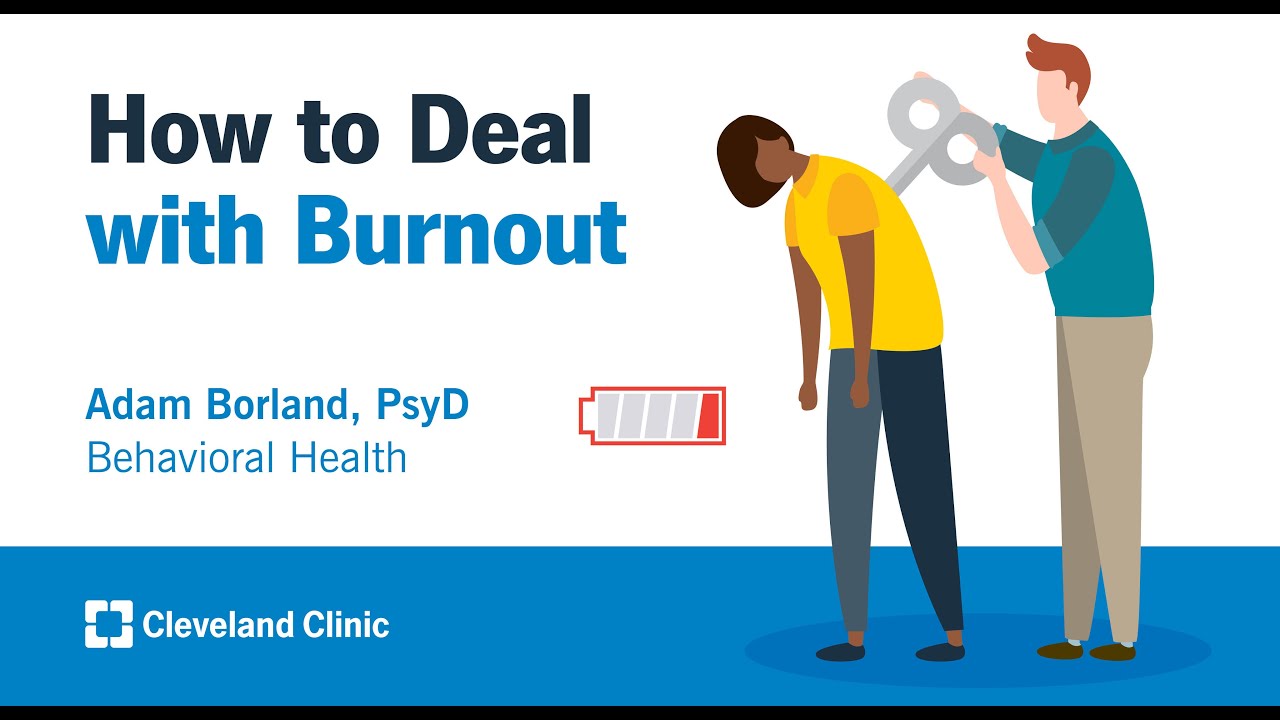114 SP How to Conquer Your Fear of Driving
Summary
TLDRIn this episode of The Savvy Psychologist, Dr. Ellen Hendrickson explores fear of driving and offers practical steps to overcome it. She identifies four common sources of driving anxiety: past trauma, fear of panic attacks, performance anxiety, and mistrust of driving abilities. Dr. Hendrickson advises gradual exposure to driving situations to regain confidence, emphasizing small steps such as driving in low-pressure environments and progressively facing more challenging situations. She encourages listeners to push through fears gradually and practice driving without relying on safety behaviors for lasting confidence.
Takeaways
- 🚗 Fear of driving can take many forms, including anxiety from past traumatic experiences, panic attacks, or low self-confidence while driving.
- 🚑 Traumatic experiences, like car accidents, can lead to fear of driving, and in severe cases, post-traumatic stress disorder (PTSD).
- 😨 Panic attacks while driving, even if they haven't happened, can create a fear cycle, making drivers feel on the verge of losing control.
- 👀 Fear of being judged by other drivers, such as feeling pressure when parallel parking or waiting for turns, can also trigger driving anxiety.
- 🛑 Avoidance of certain driving situations, like highways, bridges, tunnels, or left turns, is common among people who fear accidents.
- 🧠 The key to overcoming driving anxiety is gradual exposure—starting with easy tasks like sitting in the car or driving in quiet areas before increasing difficulty.
- 🥤 For those fearing panic, simulating symptoms (like a racing heart or feeling lightheaded) during safe driving practice can help reduce anxiety.
- 🔄 Repeated practice in uncomfortable driving situations, such as highways or parallel parking, helps build confidence and reduce fear over time.
- 🚦 Safety behaviors, like staying in the slow lane or avoiding rush hour, can falsely reinforce fear; gradually phasing them out builds true confidence.
- 🧘♂️ Taking action before feeling fully 'ready' is essential; confidence follows action, so practicing little by little is the most effective approach to overcoming fear.
Q & A
What is the main topic of the episode of The Savvy Psychologist?
-The main topic of the episode is addressing the fear of driving and how to overcome it.
What are the four general reasons people are afraid to drive according to the podcast?
-The four reasons are: 1) traumatic experiences, 2) fear of having panic attacks while driving, 3) feeling like a bad driver and being judged by others, and 4) general distrust of one's own or others' driving skills.
What happened to Norah that made her afraid to drive?
-Norah was hit by a texting driver when she was 25, and even though she was relatively unscathed, she hasn't driven since the accident.
What is PTSD and how is it related to driving fear?
-PTSD is Post-Traumatic Stress Disorder, which can occur in up to one-third of people who are in a serious accident, causing symptoms like nightmares, flashbacks, hyperarousal, and avoidance of situations that remind them of the accident.
Why is Eric afraid to drive?
-Eric is afraid that he might have a panic attack while driving, which could lead to losing control of the car and causing an accident.
What is the first step suggested to help overcome the fear of driving?
-The first step is to plan a driving experience that won't cause overwhelming fear, such as sitting in the car in the driveway or driving around an empty parking lot.
How does the process of gradually facing fears work in the context of driving?
-It involves gradually increasing the difficulty of driving situations as one becomes more comfortable, such as starting with quiet streets and then moving to busier roads or highways.
What is the purpose of challenging oneself to drop 'safety behaviors' when driving?
-The purpose is to stop relying on behaviors that artificially reduce anxiety, like staying in the slow lane or not driving alone, to build genuine confidence in one's driving abilities.
What is the advice for someone who is afraid of driving because they distrust their skills or others' skills?
-The advice is to gradually practice driving in various situations and conditions, starting when the stakes are low, to build confidence and trust in one's abilities.
How does the podcast suggest using action before readiness to overcome fear?
-It suggests doing the feared action a little at a time, even if one doesn't feel ready, which can help build readiness and confidence over time.
What is the final step recommended in the podcast to solidify the progress made in overcoming driving fear?
-The final step is to challenge oneself to drive without relying on safety behaviors, such as driving at different times of the day or using all lanes, to reinforce the belief in one's ability to drive without fear.
Outlines

This section is available to paid users only. Please upgrade to access this part.
Upgrade NowMindmap

This section is available to paid users only. Please upgrade to access this part.
Upgrade NowKeywords

This section is available to paid users only. Please upgrade to access this part.
Upgrade NowHighlights

This section is available to paid users only. Please upgrade to access this part.
Upgrade NowTranscripts

This section is available to paid users only. Please upgrade to access this part.
Upgrade NowBrowse More Related Video

The benefits of doing nothing ⏲️ 6 Minute English

How to Deal with Burnout | Adam Borland, PsyD

💖💖💖 English for dating online - 6 Minute English

Building a Strong Foundation for your Relationship Through Couples Therapy Ft. Dr Sowmya Reddy|S1E1

The Top 10 Effects of a Sexless Relationship on Men

SaudeCast #23 - Psicologia Jurídica
5.0 / 5 (0 votes)